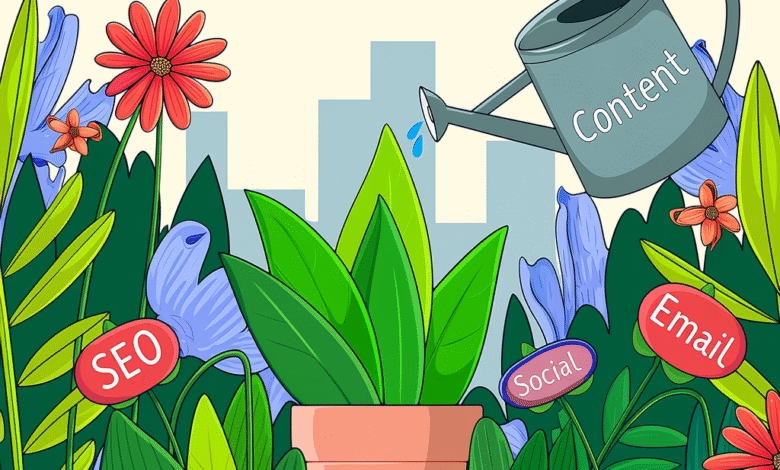
Challenges and Solutions in Inbound Marketing
While inbound marketing is a powerful strategy, it comes with its own set of challenges. Understanding these challenges and knowing how to address them is crucial for successful implementation.
Common Challenges
1. Content Saturation:
- In today’s digital landscape, there is an overwhelming amount of content available, making it difficult for any single piece to stand out.
- Solution: Focus on creating unique, high-quality content that provides real value. Utilize different formats and channels to reach your audience effectively.
2. SEO Competition:
- With numerous businesses vying for the top spots in search engine results, ranking high for desired keywords can be challenging.
- Solution: Conduct thorough keyword research to find niche or long-tail keywords with lower competition. Continuously optimize your website and content for search engines.
3. Generating Qualified Leads:
- Attracting traffic is one thing, but converting that traffic into qualified leads is another significant challenge.
- Solution: Offer valuable resources (like eBooks, webinars) in exchange for contact information. Use effective calls-to-action and landing pages to facilitate conversions.
4. Aligning Content With Sales Goals:
- Aligning marketing efforts with sales objectives can be tricky, especially in ensuring that content addresses the sales team’s needs.
- Solution: Maintain open communication between sales and marketing teams. Use CRM data to understand customer pain points and align content accordingly.
5. Adapting to Changing Consumer Behavior:
- Consumer preferences and behaviors are constantly evolving, particularly in the digital space.
- Solution: Stay informed about market trends and customer feedback. Be flexible and ready to adapt your strategies.
Innovative Solutions
1. Leveraging New Technologies:
- Embrace new technologies like AI, machine learning, and automation to enhance your marketing strategies.
- Application: Use chatbots for customer service, AI for personalized content recommendations, and automation tools for efficient marketing processes.
2. Creative Content Ideas:
- To stand out in a crowded content landscape, creativity is key.
- Application: Experiment with interactive content like quizzes, polls, or augmented reality experiences. Tell stories that resonate with your audience.
3. Data-Driven Decision Making:
- Utilize data analytics to guide your marketing decisions.
- Application: Regularly analyze your marketing data to understand what’s working and what isn’t. Adjust your strategies based on these insights.
4. Cross-Channel Marketing:
- Integrate various channels (social media, email, blog, etc.) for a cohesive marketing strategy.
- Application: Coordinate messaging and content across different channels. Use each channel’s strengths to support your overall marketing goals.
5. Building a Community:
- Focus on building an online community around your brand.
- Application: Engage with your audience on social media, forums, and other platforms. Create spaces for your customers to interact with each other and with your brand.
By addressing these challenges with innovative solutions, businesses can enhance their inbound marketing strategies, leading to increased visibility, higher quality leads, and better alignment with customer needs and behaviors. The key is to remain adaptable, data-informed, and customer-focused.
Inbound Marketing Unveiled: Index
1. Introduction to Inbound Marketing
2. The Inbound Marketing Methodology
3. Core Components of Inbound Marketing
4. Tools and Technologies
5. Strategies and Best Practices
6. Challenges and Solutions in Inbound Marketing
7. Measuring Success and ROI
8. Case Studies and Real-World Examples
9. The Future of Inbound Marketing
10. Conclusion